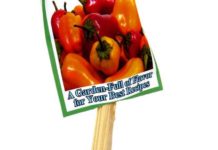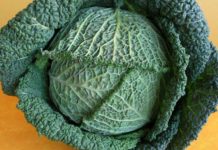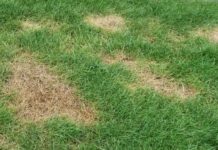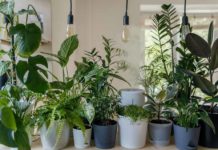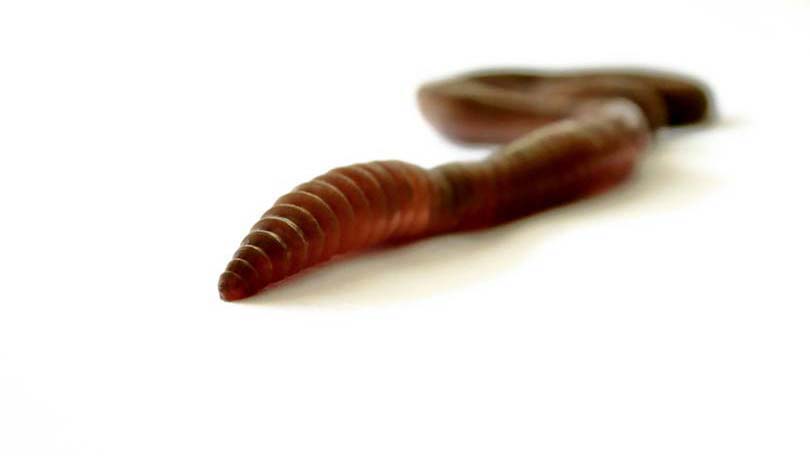
What worms eat depends in part on where they live. Worms can live closer to the surface or much deeper underground. On the surface, worms eat a variety of organic materials, such as dead grass and leaves that have fallen from the trees. There are microscopic organisms that live on these leaves. These organisms provide the worm with a variety of algae, fungi and bacteria that are essential for the worm’s diet.
Worms that live deeper under the ground have a diet that is primarily raw dirt. The worms eat the bacteria, fungi and algae that are in the dirt. The dirt passes through the worm and comes out in what is known as worm casts. This is a nice way of saying excrement. These casts are very beneficial to the plants in your garden. The nutrients in the soil are partially digested by the worms, making them easily used by the plants. In addition, the process aerates the dirt in your garden, which is also beneficial to your plants.
Worms eat any organic material in the soil, this would include fruits, vegetables and plant remains.
They have no teeth, so the bits are moistened in the worm’s mouth. Food is digested in the gizzard, which acts like teeth to grind the food. The intestines break it down further and it comes out as worm castings. These castings are very beneficial to the soil in your garden. The nutrients are broken down to be used by plants and the soil is aerated to bring more oxygen to the roots of the plants.
Moisture is also very important for worms. They can’t survive without it. Worms breathe through their skin. The worm’s skin must remain moist at all times to allow it to breathe in the much needed oxygen. If their skin dries out, they will suffocate and die.
Worm Composting
Gardeners understand the importance of worms in composting. Worm composting can be done either indoors or outside in a bin. A wood bin or barrel is best for this use, since it will prevent the compost from becoming too wet, as can happen with plastic containers. The size of the container will depend on the amount of garbage you will be composting. A good rule of thumb is to allow one square foot of space per pound of weekly household material. You will also need a lid to keep moisture out of the bin. Take the barrel and drill at least eight holes in the bottom of the container. This will allow for drainage. Set the barrel on bricks to help with drainage.
There are two types of material that you will need in the bin for worm composting, bedding material and green ingredients. The green ingredients are the organic household materials you will add to the bin. The bedding material can be dead plants, fall leaves, shredded newspaper, sawdust or straw. Vary the material and use a few different materials. Add a few handfuls of soil to the bedding material to help the worms’ digestion. Fill the container about three quarters of the way with the bedding. Don’t press it down tightly, but leave air space to allow free movement of the worms.
You can dig in your garden to find earthworms for your bin or purchase them. The number of worms you need will depend on the size of the container and the amount of material you are composting. Once you have filled the container with bedding material and added the worms, you can add the green ingredients. This can be fruit and vegetable peelings, crushed eggshells and other organic materials from your home or garden, such as grass clippings and leaves. Each time you add these materials, choose a different area of the bin.
After a few months, you will see no more bedding when you open the bin. The compost will be brown and full of worm castings. Push the finished compost to one side and add new bedding materials to the other half of the bin. The worms will naturally move out of the finished compost and into the new bedding. You can then use the finished compost as needed in your garden.
Benefits of Composting
Composting has several benefits for your garden and the environment. Organic household waste is recycled in compost, which is environmentally friendly. This cuts down on the garbage in our landfills. Rather than decomposing in a landfill, the organic materials are returned to the soil to nourish your garden plants.
Compost is great fertilizer for indoor and outdoor plants. You can dig it into the soil prior to planting in your garden to add nutrients to the soil. It can also be used as mulch in plant beds throughout your yard. When you are distributing the compost into your garden, you may pick up some worms with the compost. You want this because the worms are very beneficial to your garden. They aerate the soil, which helps to bring nutrients in the soil.


